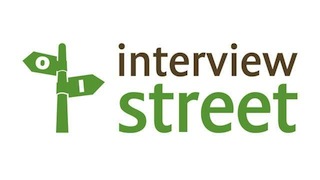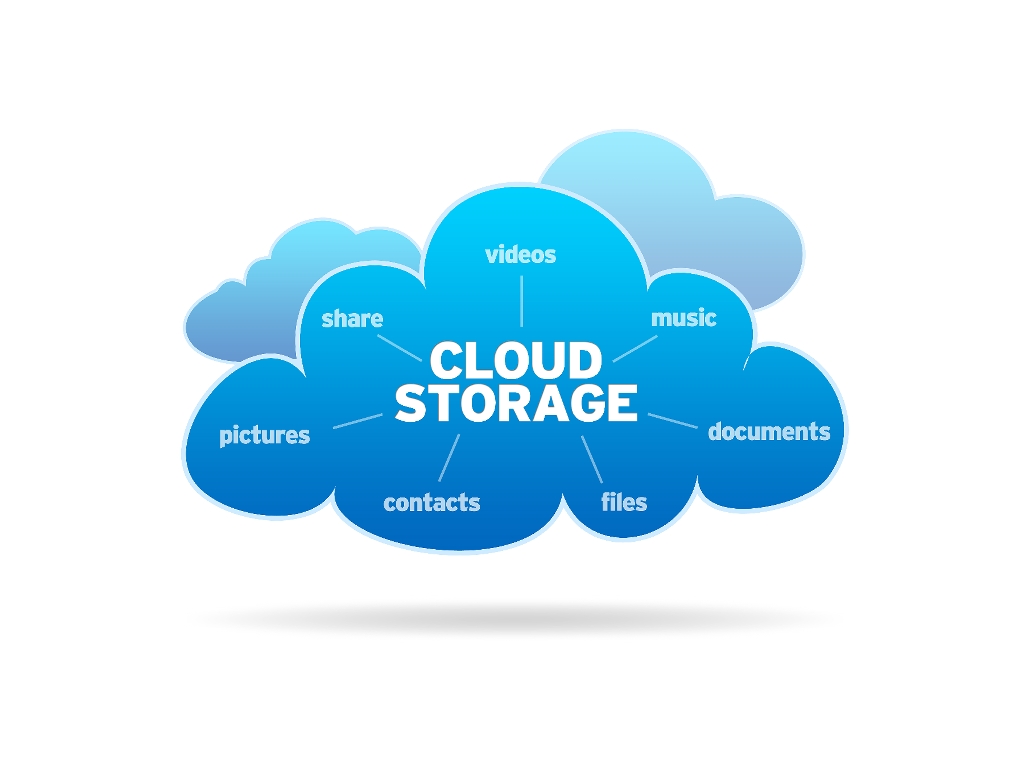Launched in 2009, Interviewstreet’s recruiting tool helps companies hire software programmers. It was the first Indian company to be chosen for an incubation program at Y Combinator, a Silicon Valley seed fund. Co-founder Vivek Ravisankar discusses the company’s journey to a differentiating recruitment product. This article is brought to SandHill readers in partnership with ProductNation.
Please give me the elevator speech about what your company does.
 Vivek Ravisankar: We are on a mission to connect great talent with great opportunities in the fastest, efficient and the most fun way. We use coding challenges and contests to help companies hire programmers. Our product is used by startups (Drchrono, Matterport, etc.), fast-growing companies (Palantir, Evernote, Box, Quora, etc.) and large companies like Amazon, Facebook, Walmart, etc.
Vivek Ravisankar: We are on a mission to connect great talent with great opportunities in the fastest, efficient and the most fun way. We use coding challenges and contests to help companies hire programmers. Our product is used by startups (Drchrono, Matterport, etc.), fast-growing companies (Palantir, Evernote, Box, Quora, etc.) and large companies like Amazon, Facebook, Walmart, etc.
Is the contest aspect what differentiates your product in the recruiting marketplace?
Vivek Ravisankar: There are a lot of testing platforms on the Web, but most of them focus on testing through multiple-choice questions, poor programming questions or good programming questions with no customization to the hiring company.
We worked around these parameters to build the best platform to screen programmers. It includes theoretical and real-world coding challenges that are customizable as much as possible by every customer to match their bar. Performance is measured on both speed and accuracy.
Has the tool made a difference in your own company’s recruiting? What challenges have you encountered as a startup that you didn’t anticipate?
Vivek Ravisankar: I didn’t anticipate that hiring people would be so tough. A good guy has at least three companies competing for him. It takes a lot of convincing and a lot of people talking to get the person on board.
If you could go back and start your company all over again, what would you do differently the second time around?
Vivek Ravisankar: I would fail fast. We took a long time to figure out that our first product (mock interviews) wasn’t working well.
Please describe one of your company’s lessons learned and how it affected your product development.
Vivek Ravisankar: We learned to test the app thoroughly before we make a major production push. It’s very easy to get hooked into the “move fast, break things” model, but it may not work if you are in the enterprise business. Your product is being used by large enterprises and any change breaks their process and flow, which is hugely unproductive for them.
This was a big learning when we almost screwed up a good relationship with a customer because of a component that broke. Since then, we have constant tests that run in the background testing every part of the application to ensure nothing breaks.



